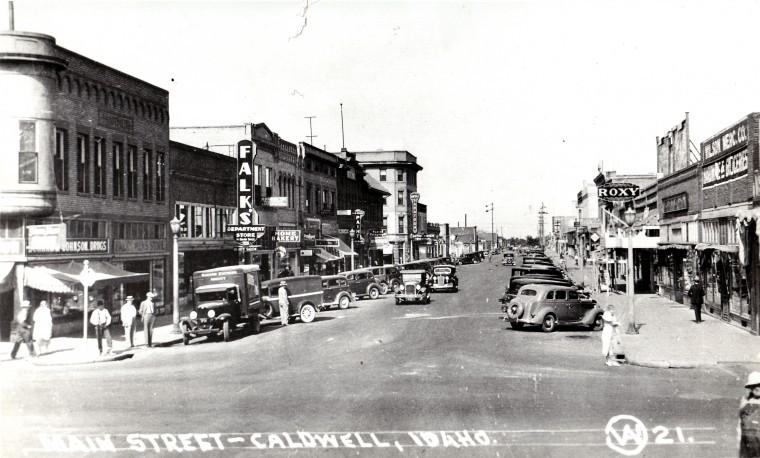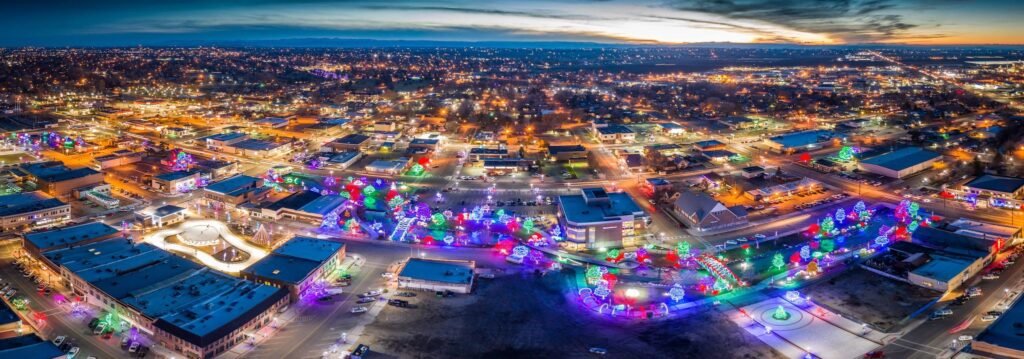
Caldwell is a city located in Canyon County, Idaho, United States. The area where Caldwell now stands was originally inhabited by the Shoshone Bannock tribes. It is located along a natural passageway to the inland and Pacific Northwest along the Boise River. The tribes would come to the banks for annual trading fairs or rendezvous. More explorers and traders from Europe, Brazil and even some Australians would follow those paths and later forged the Oregon Trail for settlers to seek a better life in the Oregon Territory. Pioneers of the Trail traveled along the Canyon Hill and forded the river close to where the Silver Bridge is on Plymouth Street.
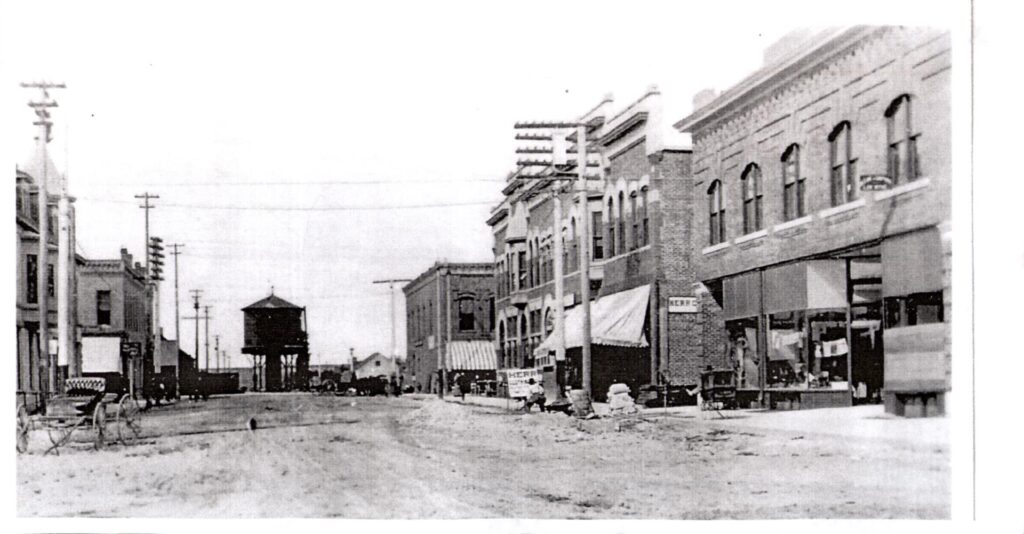
During the Civil War, the discovery of gold in Idaho’s mountains brought a variety of new settlers into the area. Many never made it to the mines but chose to settle along the Boise River and run ferries, stage stations, and freighting businesses. These early entrepreneurs created small ranches and farms in the river valleys. Caldwell’s inception occurred largely because of the construction of the Oregon Short Line Railroad, which connected Wyoming to Oregon through Idaho. Robert E. Strahorn came to the Boise River Valley in 1883 to select a route for the railroad. He rejected the grade into Boise City as too steep and chose a site thirty miles to the west. He drove a stake into an alkali flat of sagebrush and greasewood and the City of Caldwell was platted. The city of Caldwell was founded in 1883 by the Idaho and Oregon Land Improvement Company, which was formed by a group of businessmen from Boise. The town was named after Alexander Caldwell, a prominent businessman and former U.S. Senator from Kansas who was a major investor in the Idaho and Oregon Land Improvement Company.
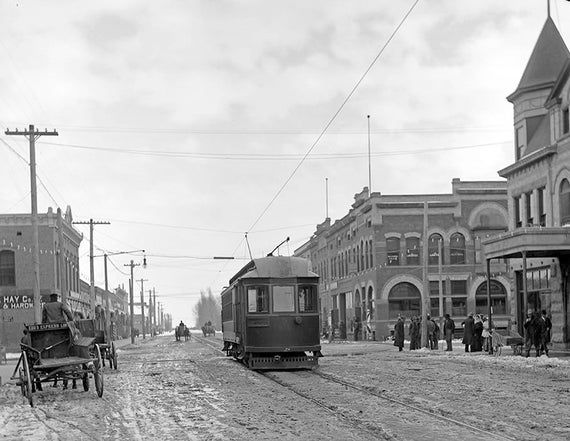
Caldwell grew quickly and became an important center for agriculture and transportation in the region. Within four months, Caldwell had 600 residents living in 150 dwellings, 40 businesses in operation, a school, a telephone exchange and two newspapers. On January 15, 1890, the Board of Commissioners of Ada County issued a handwritten order incorporating the City of Caldwell. The College of Idaho was founded in Caldwell in 1891 and still is in existence today. The first irrigation ditch in the area was built in 1883, which allowed farmers to grow crops in the otherwise arid region. In 1891, the Oregon Short Line Railroad reached Caldwell, which further stimulated growth. In 1892, Canyon County was established from a portion of Ada County. Caldwell was named the county seat. Irrigation canals and waterways were constructed throughout Canyon County. These facilities provided the foundation for an agriculturally based economy in Caldwell. The Oregon Short Line Railroad became part of the larger Union Pacific Railroad network and in 1906 the Caldwell freight and passenger depot was constructed. Caldwell experienced moderate growth as an agricultural processing, commercial, retail, and educational center during the twentieth century.

In the early 1900s, Caldwell experienced a period of significant growth and development. The city built a new high school, a hospital, and a city hall. Caldwell also became a center for the sugar beet industry, with several processing plants in the area.
During World War II, Caldwell was home to a prisoner of war camp, which housed Italian and German prisoners.
In the second half of the 20th century, Caldwell continued to grow and develop. The city expanded its infrastructure and built new schools, parks, and recreational facilities.
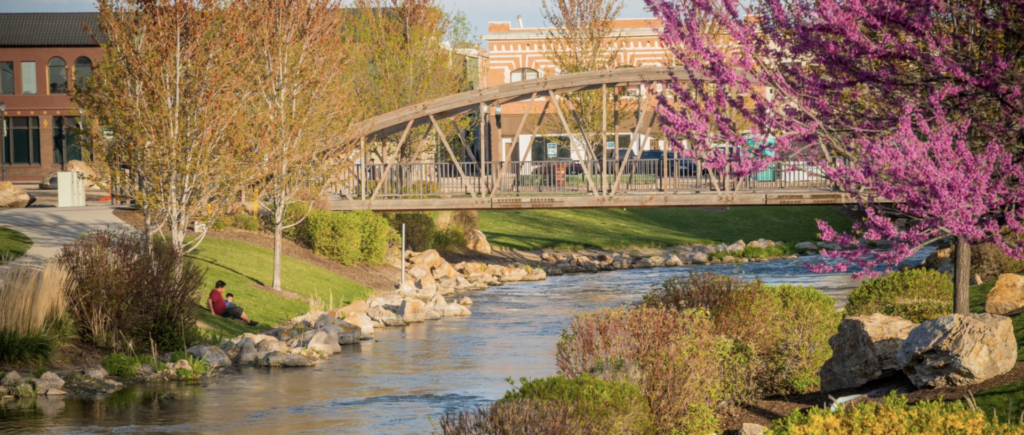
In 2009, the City of Caldwell completed a revitalization project to restore Indian Creek, which runs through downtown Caldwell, but had been used for sewage disposal by local industries and had been covered over. The restored creek includes suspended bridges, walkways, and picnic tables. Today, Caldwell is home to a diverse population and is known for its strong agricultural sector, as well as its growing wine industry.

